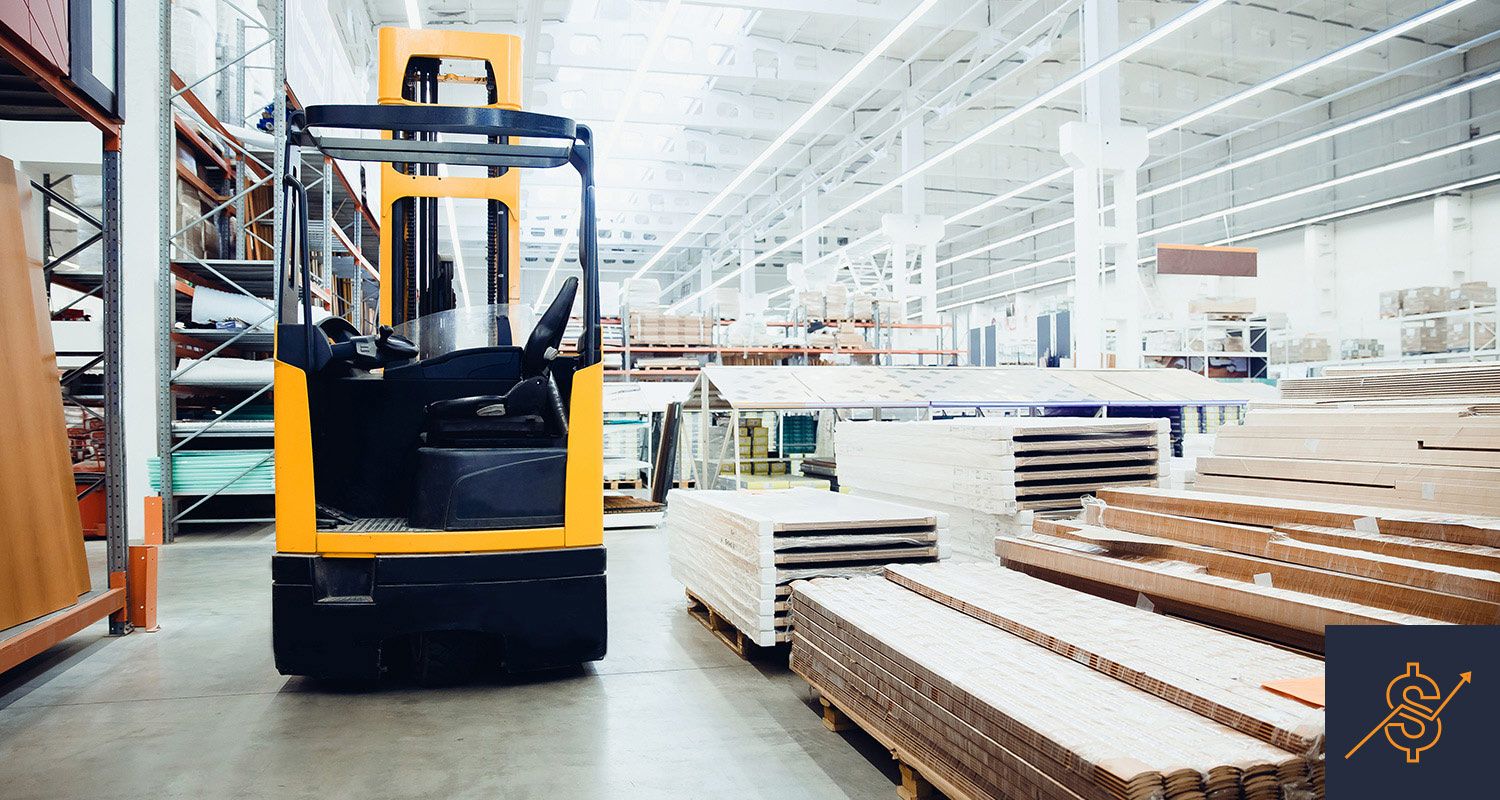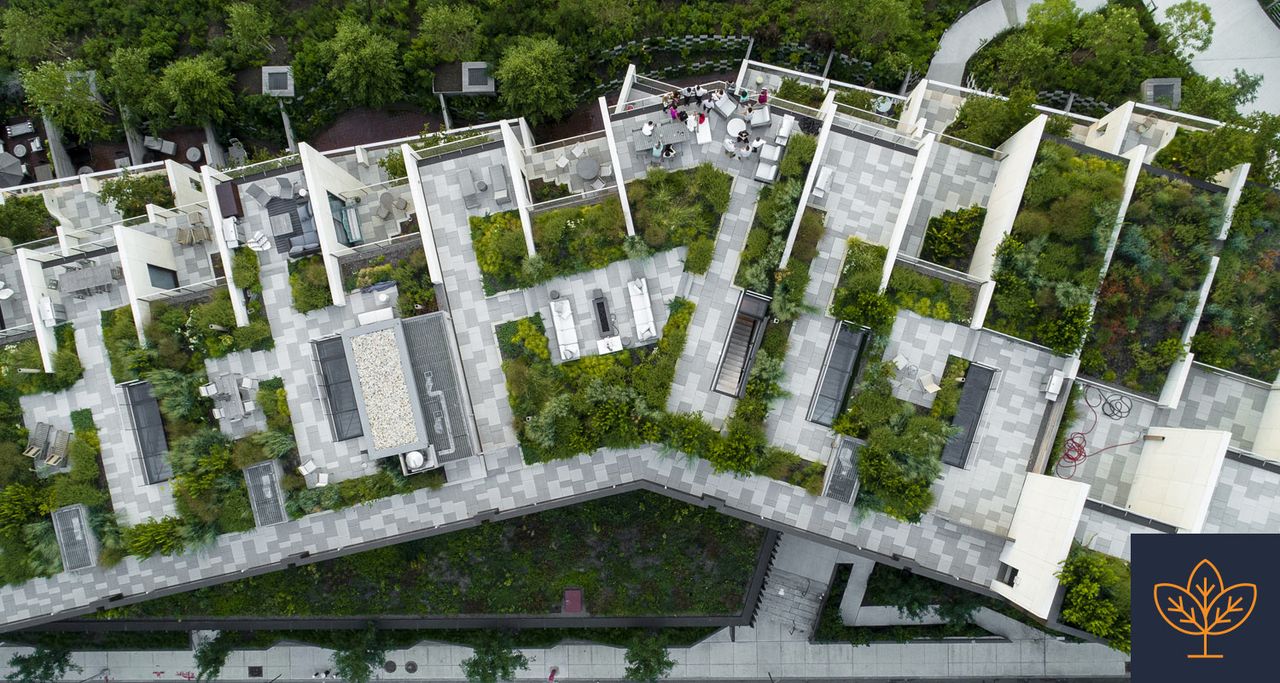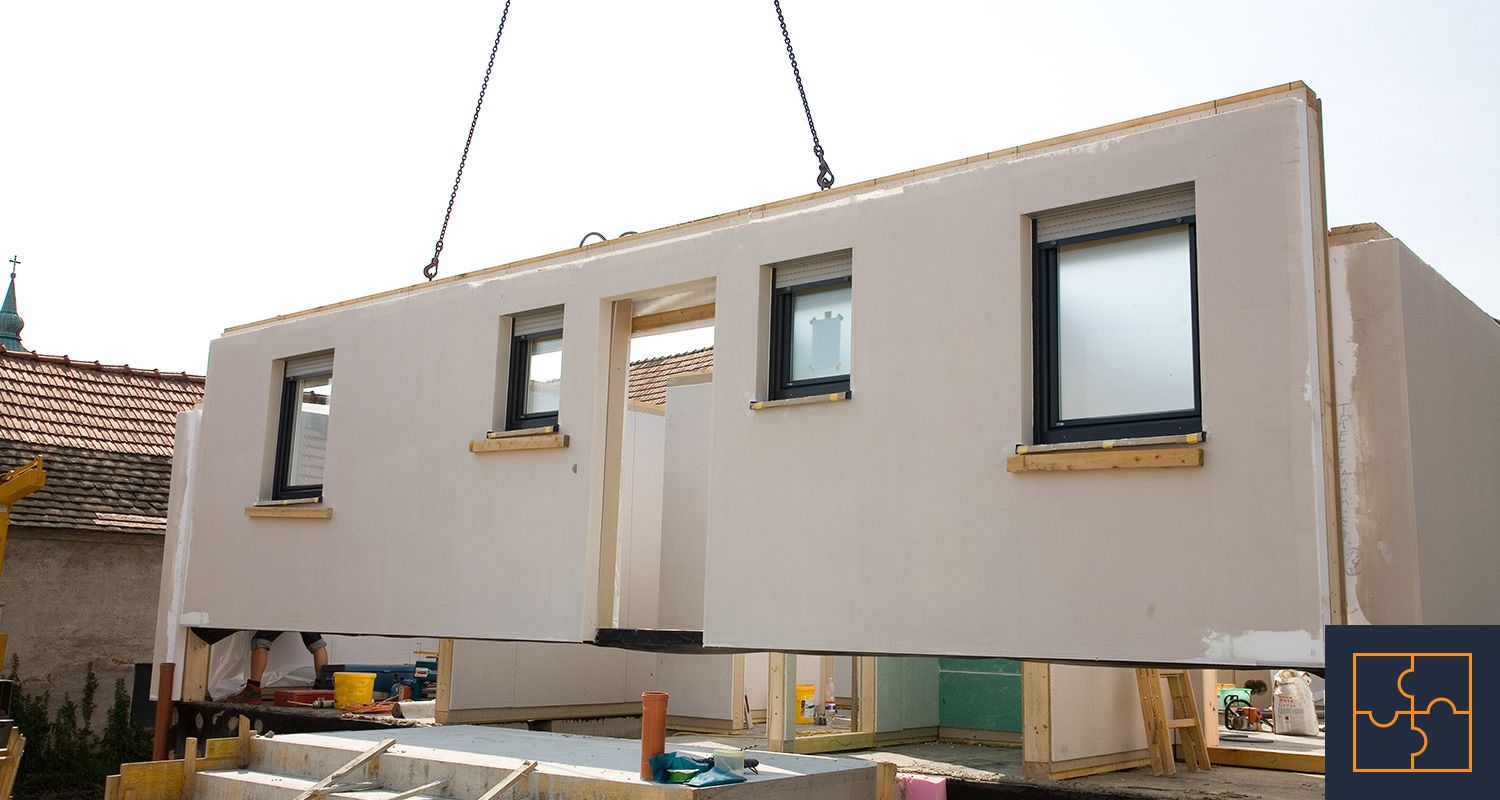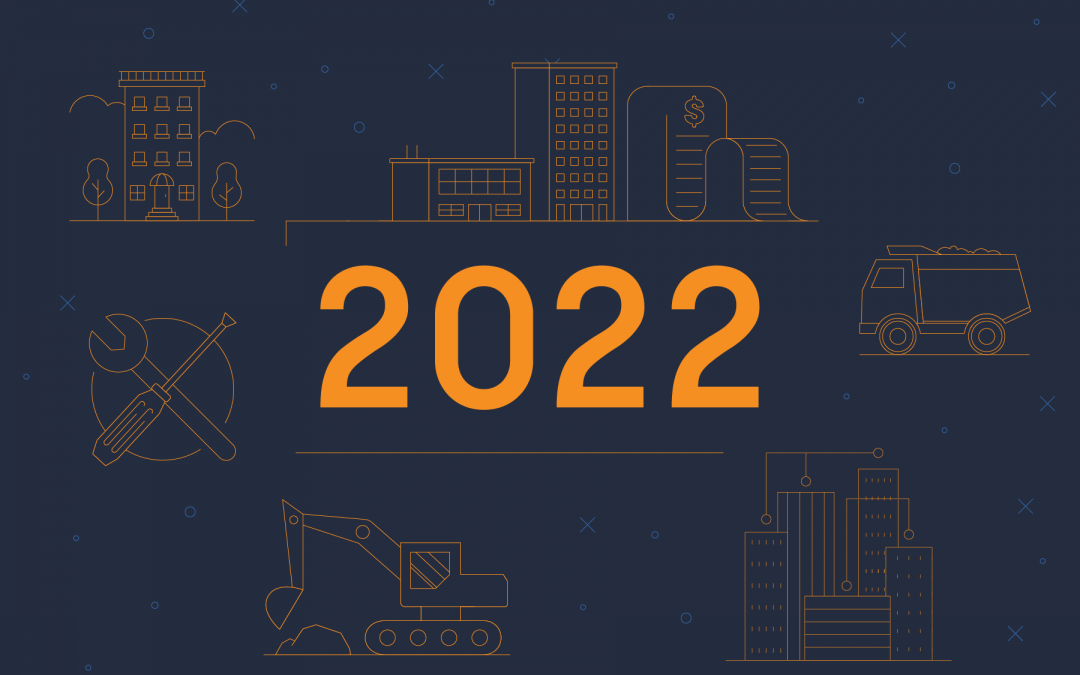After a turbulent period of adjusting forecasts and changing expectations, 2022 will be a year of reemergence and growth in the construction industry. Rising construction costs and labor shortages persist, challenging the industry to innovate competitive new ideas, while stricter regulations contribute to a reduced margin for error and waste.
Since last year, the COVID-19 pandemic changed how the construction industry does business, from scheduling and closing projects to hiring workers to meeting with clients. Looking forward, many industry trends will be affected by the fallout from the pandemic. New technology continues to change the construction site, improve the ability to win projects, and increase profit margins. Trends and movements are changing the roles of industry professionals and frontline workers.
1. Protective Equipment

The COVID-19 pandemic drastically impacted the construction industry, already affecting construction site guidelines by way of updated state regulations emphasizing cleanliness and strict safety protocols. This also includes increased union influence in projects, possibly adding cost and time to projects.
The industry is also witnessing a rise of machines capable of identifying common safety issues and eliminating those threats one at a time. Wearable innovations are making their way to the job site with work boots that connect to Wi-Fi and alert others if a person has fallen. Material-moving “mules” transport heavy or hazardous materials, and tasked robots construct scaffolding or lay bricks autonomously. Headsets can even actively reduce noise pollution while keeping workers in tune with their surroundings.
2. Efficient Technology
The biggest differentiator for builders and developers this year will likely be technology in construction — specifically, the innovations that can enhance efficiency. The COVID-19 pandemic has caused increased reliance on construction technology, too. These are a few types of tech that will only increase in popularity through 2022 and beyond:
Smart Contracts

Construction Drones

Drone use in the construction industry continues to be one of the fastest growing trends, with usage rising by 239% year over year. The technology offers far more uses than just aerial photography for real estate and commercial efforts.
Augmented Reality (AR)

The global AR market is expected to be valued at more than $1.2 trillion by the end of the decade, up from about $37 billion in 2019. On the client front, AR means efficient project-staging, and making preconstruction projects tangible for buyers and tenants.
For builders and developers, AR facilitates the use of wearable technology and 360-degree video to enable:
- 3D visualization of future projects on their surrounding environment
- Automated measuring of buildings
- Fast and affordable simulation of architectural and structural changes
- Safety training and hazard simulations
Building Information Modeling (BIM)

Building information modeling technology is helping industry leaders stand out with improved efficiency. BIM allows users to generate computer renderings of buildings and utilities. The ease of managing these models and sharing data can enable superior prefabrication of parts, leading to on-time and accurate completion. Autodesk describes it as “an intelligent 3D model-based process to help professionals manage buildings and infrastructure.”
3. Growing Need for Laborers

One of the most noticeable construction trends of the past few years is a vast increase in the demand for labor. Quality labor is expensive and competitive, though robots do pick up a lot of the slack.
4. Remote Worksites and Mobile Access

Mobile applications in the construction industry allow worksite access like never before, including real-time inspections, on-site accountability and accurate measurements taken from a mobile phone camera.
5. Rising Material Costs

Innovative living materials and technology may push up costs further, even though they ultimately provide more savings for users in the long run. Some of these innovative materials include:
- Self-healing concrete
- 3D graphene
- Transparent aluminum
- Light generating concrete
- Invisible solar cells
6. Green Building

Green construction is the expected standard for homebuyers, renters and commercial tenants. Unfortunately, many sustainable and eco-friendly features remain a luxury, despite their long-term savings — though this will change over the next decade as ecotech and sustainable construction become more mainstream.
7. Modular and Offsite Construction

Modular and prefab construction is in the middle of a multiyear boom that isn’t showing signs of slowing down. The modular construction market, led by the residential sector, is predicted to balloon in value to almost $110 billion by 2025, driven by a lack of skilled labor and an increase in cost-cutting technology.
8. Construction Management Software

Comprehensive construction management software is a vital tool for remaining competitive, building a valuable business and mastering operational efficiency.
9. Focusing on Residential Projects

As global investment from tech companies increases in complex megaprojects, some of the largest construction companies, like Skanska, announced that they’re no longer pursuing large transportation public-private projects, instead focusing on lower-risk arrangements.
10. Smart Cities

Some of the biggest tech companies in the world, like IBM, Microsoft and Cisco, are investing heavily in megaprojects to build smart, sustainable cities. These cities are more intricate and interconnected than most megaprojects and require intense planning and development prior to commencement. The global smart city market is expected to grow 20.5%, reaching $2.5 trillion by 2025.

